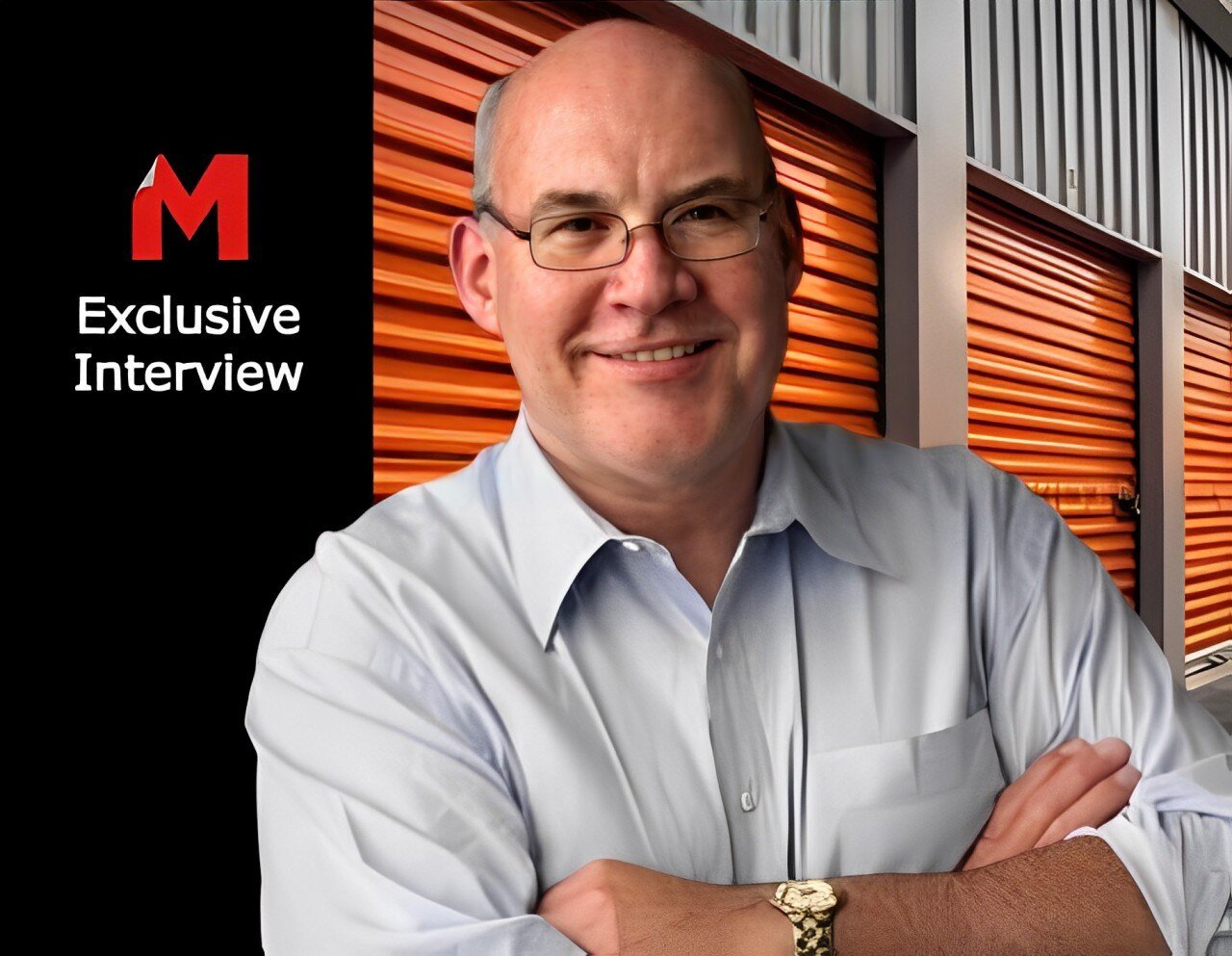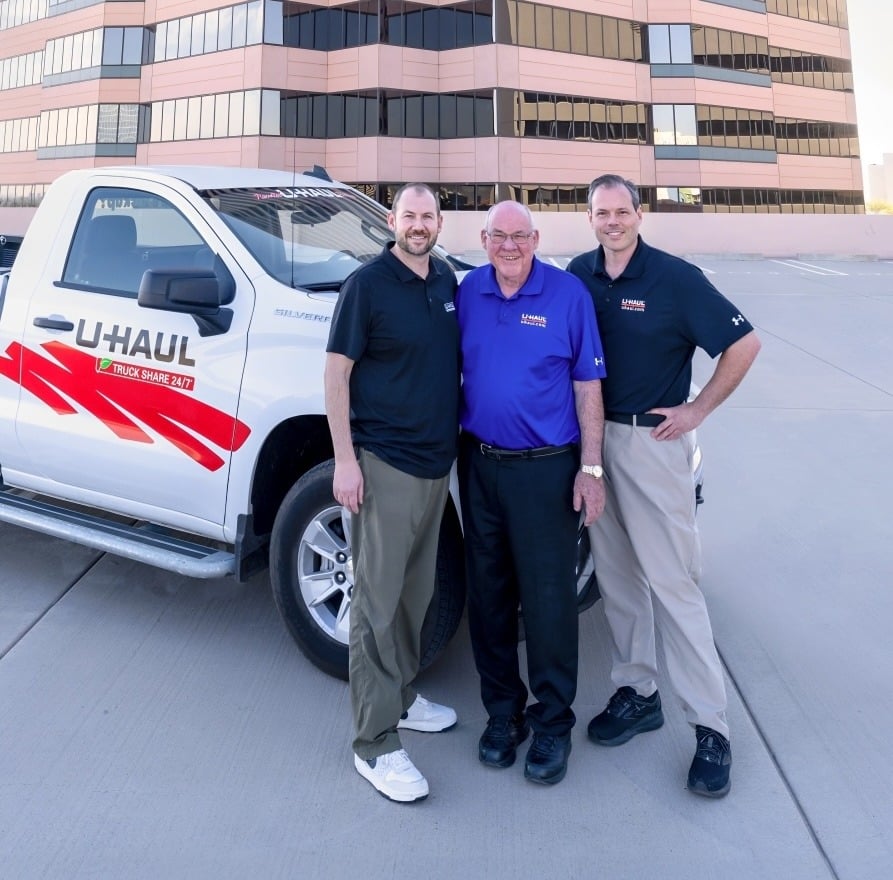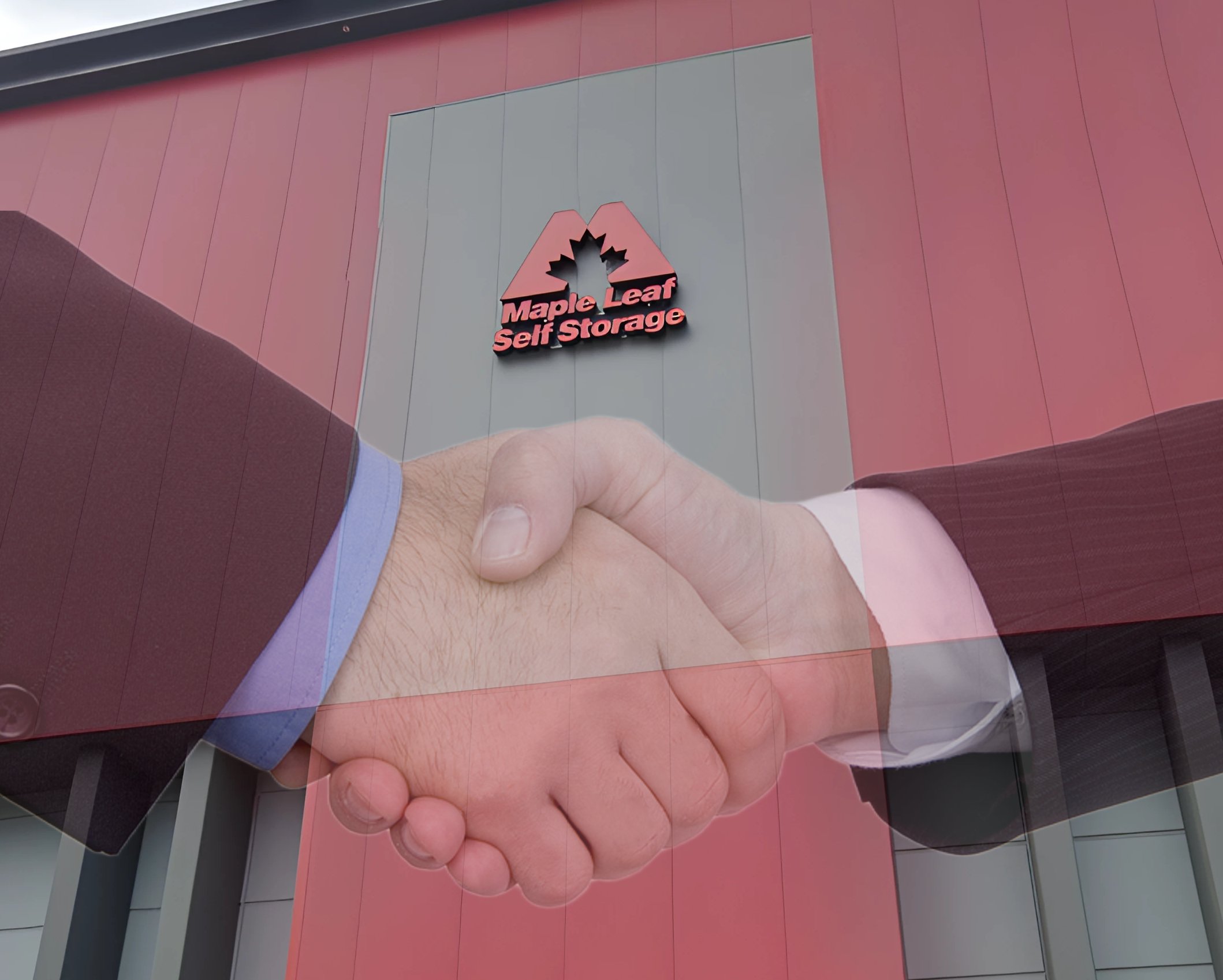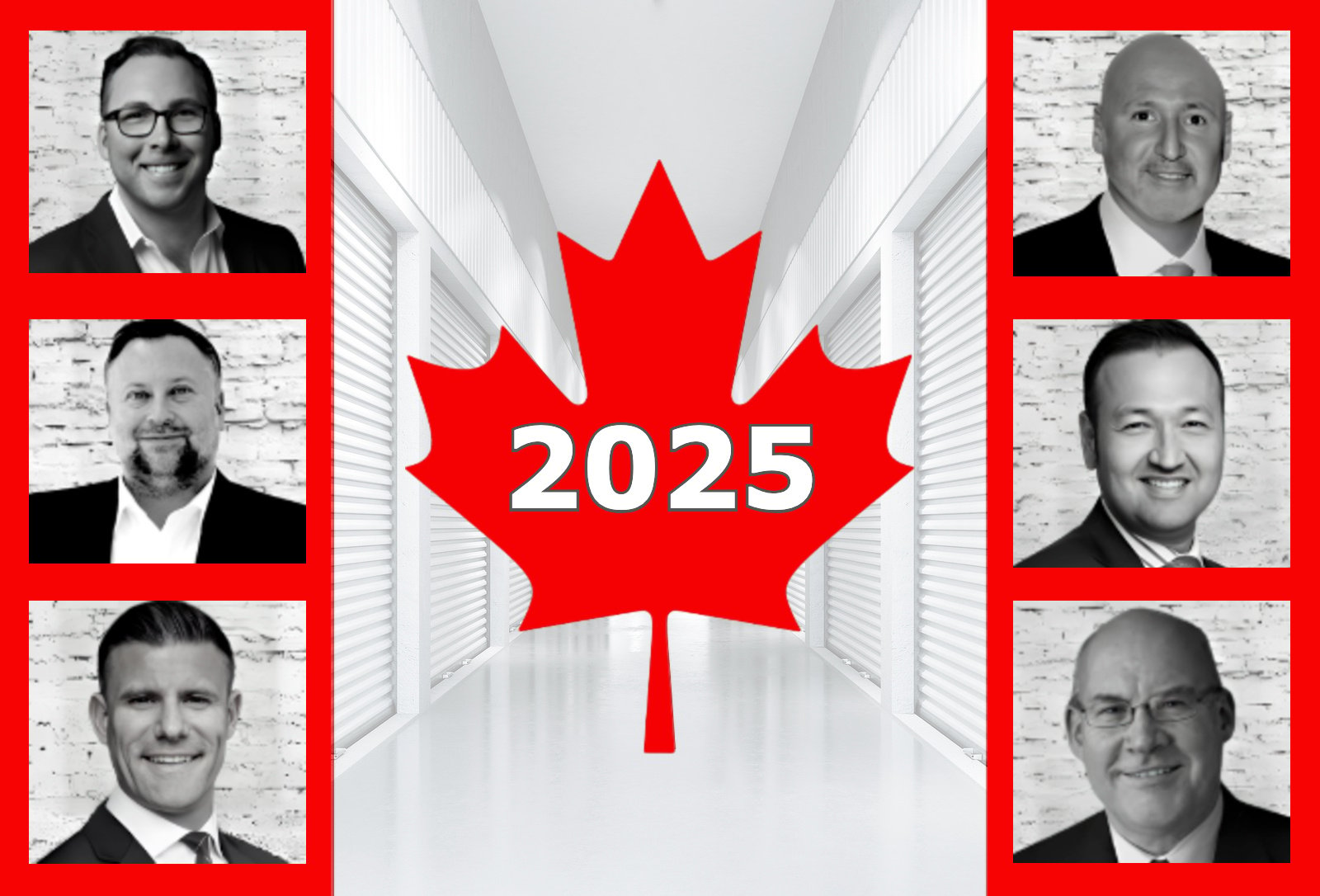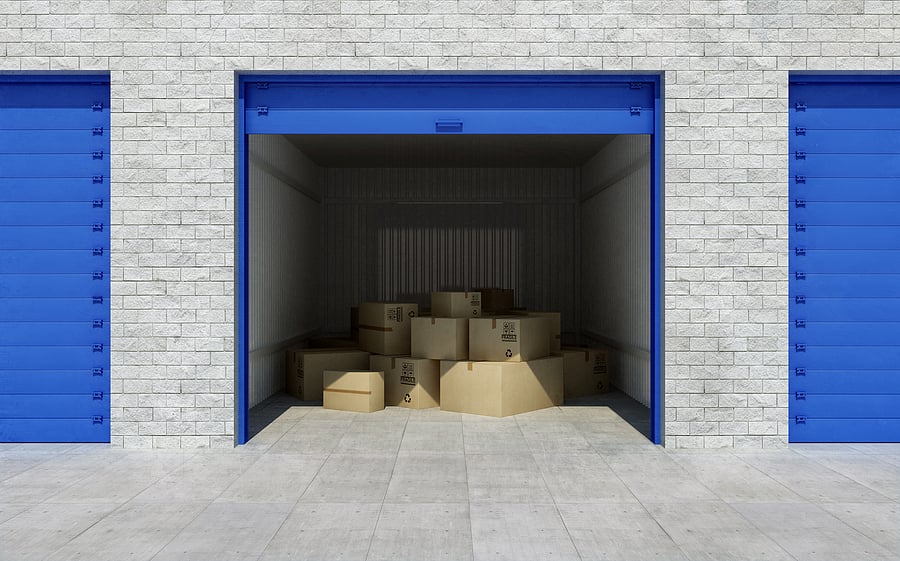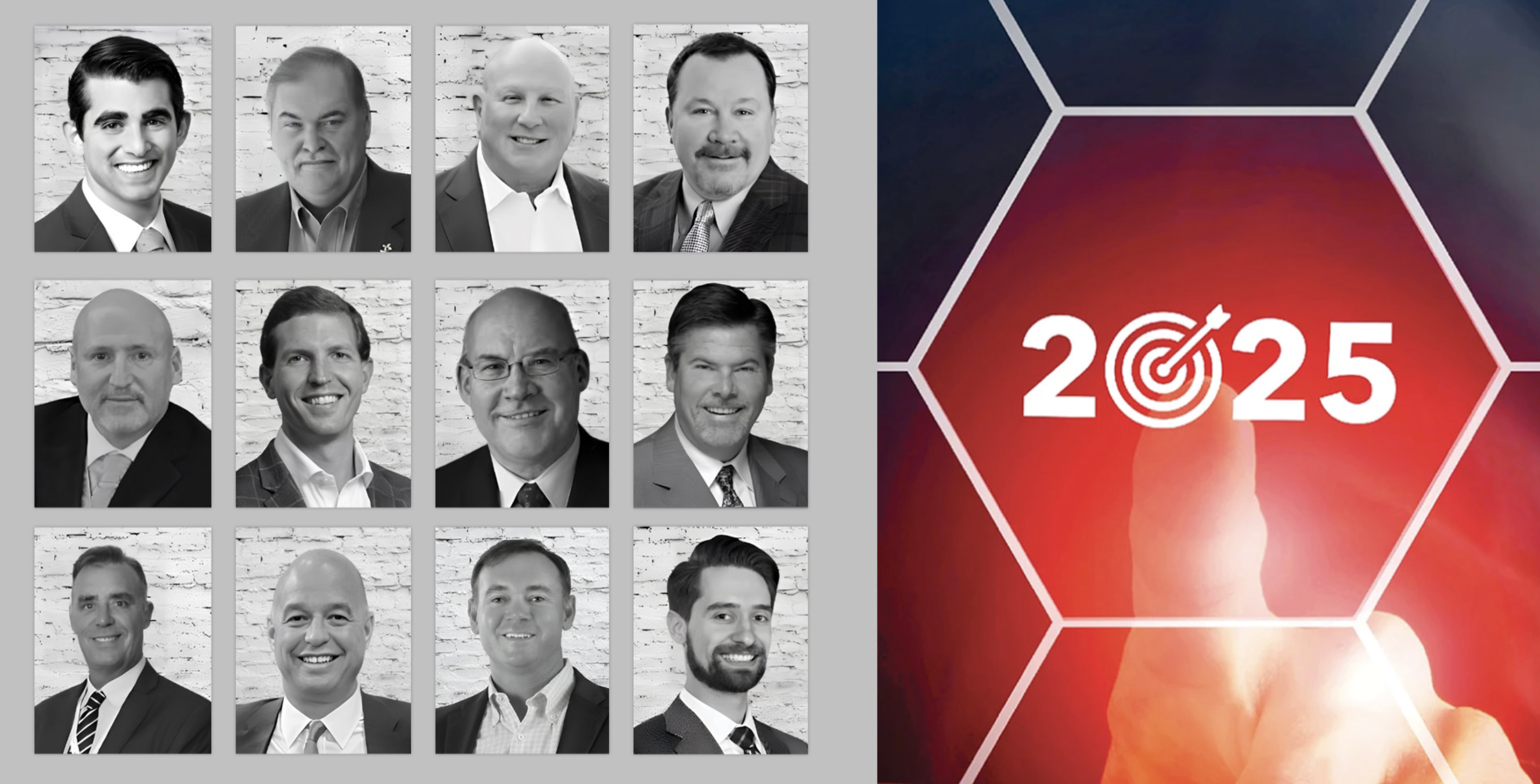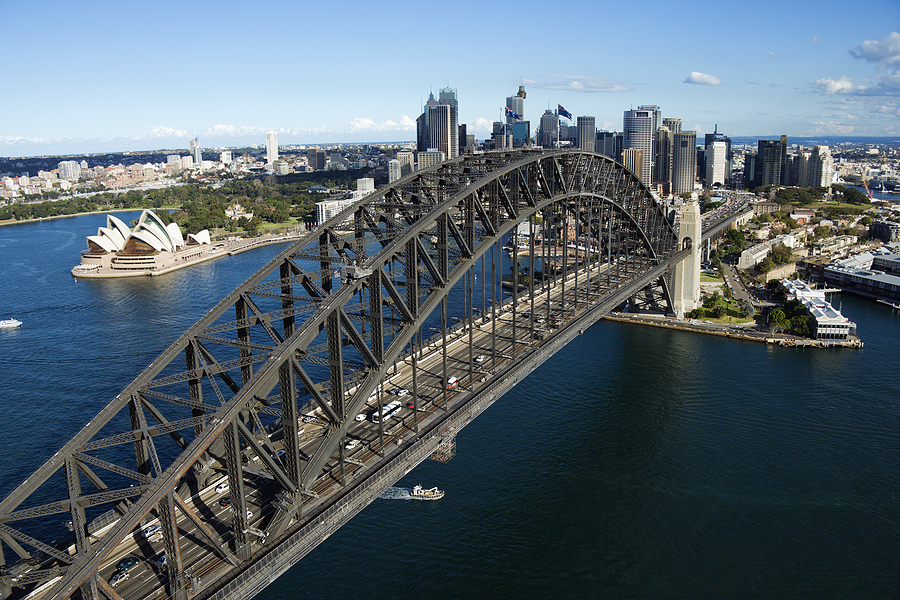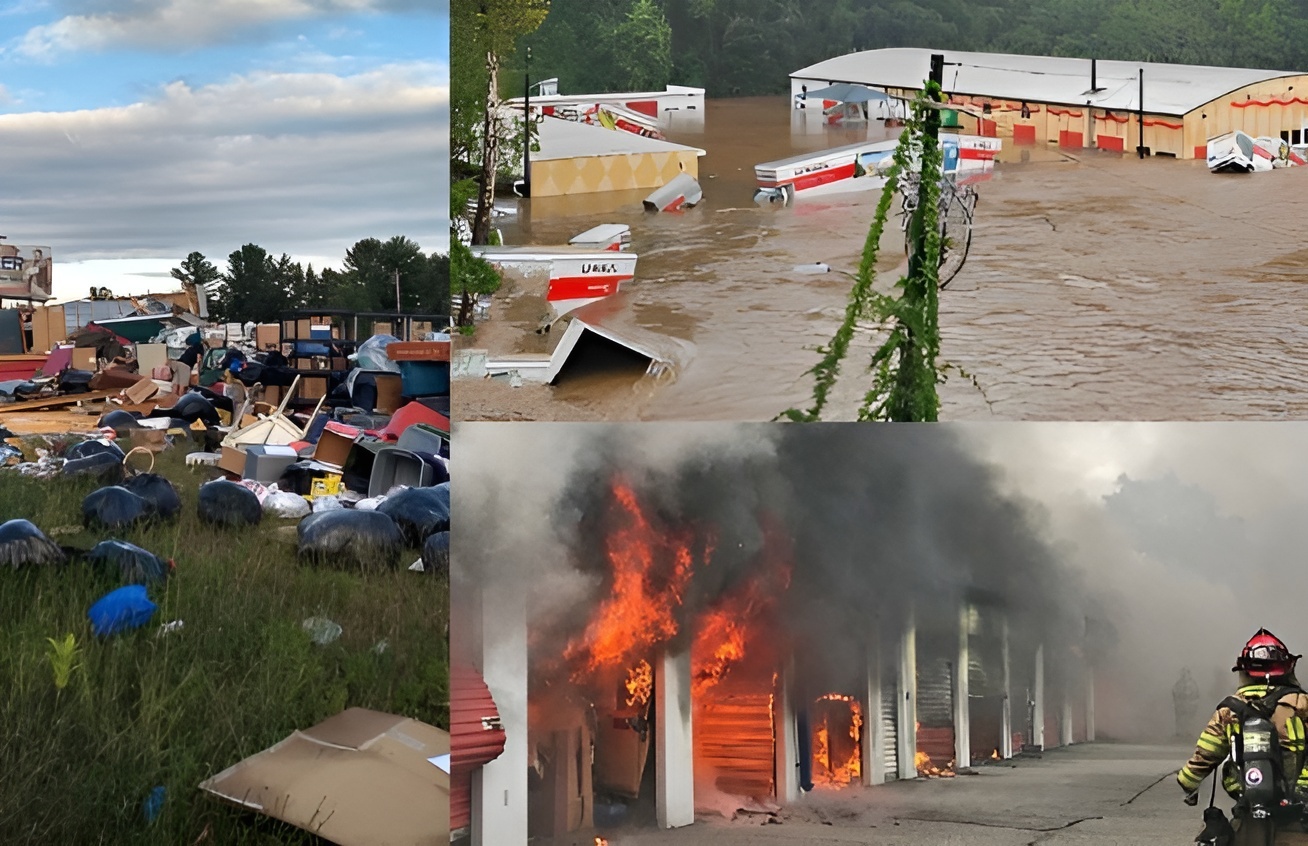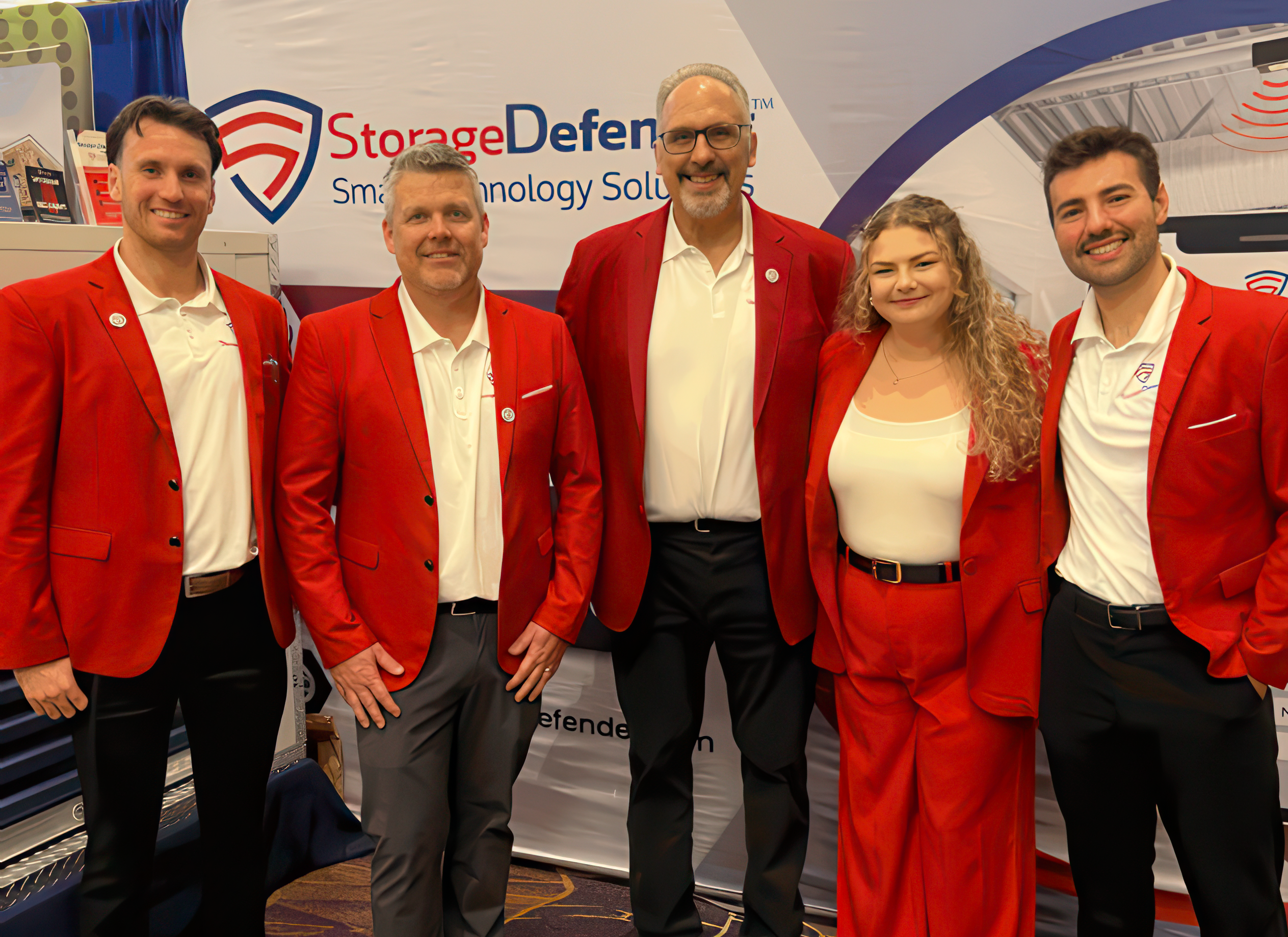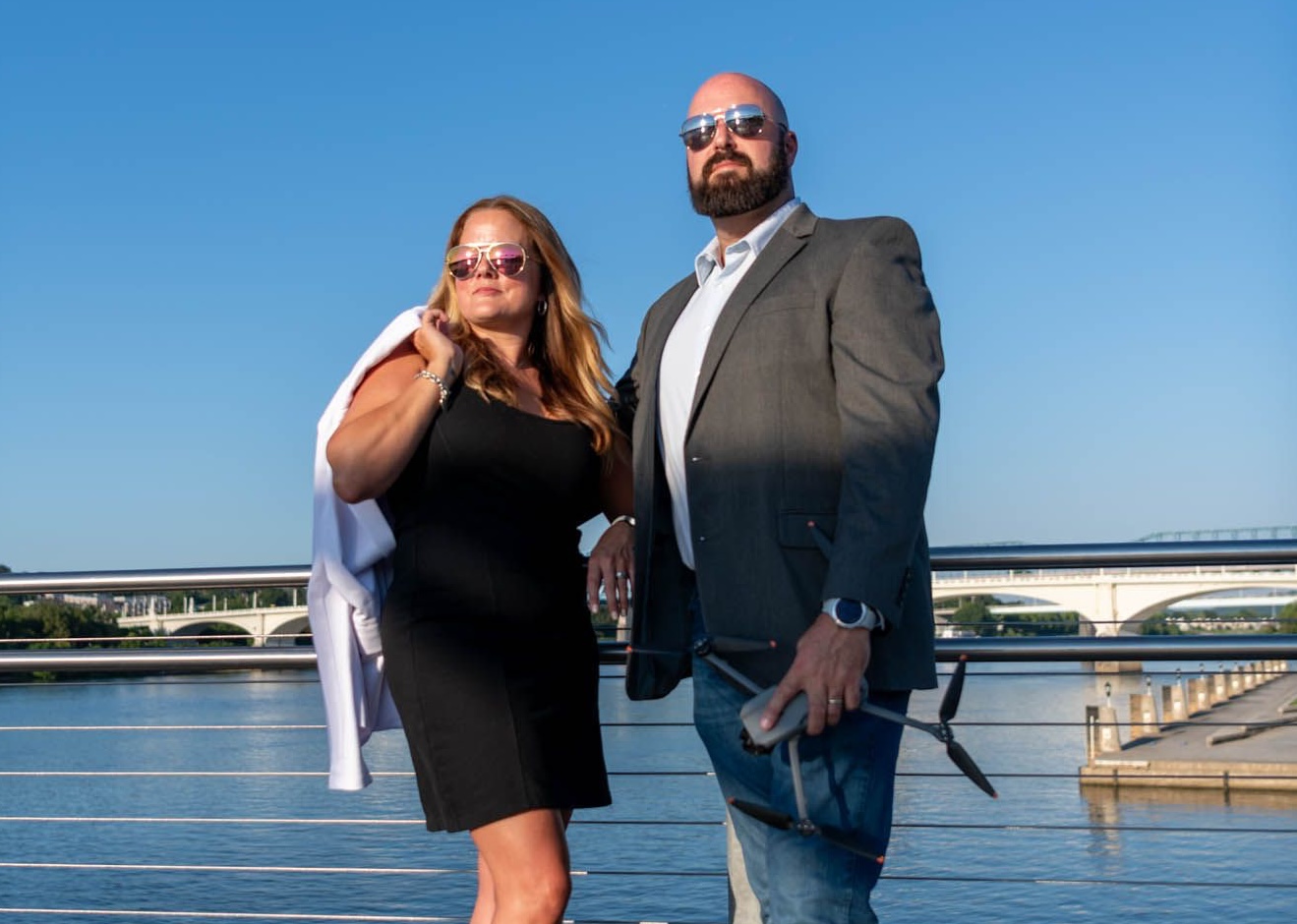2022 International Facility of the Year Mr.[B] – Lope de Vega, Santo Domingo, Dominican Republic
There are many challenges when introducing self-storage to new markets anywhere in the world, but when you combine acquiring land, permitting, and construction challenges with educating most of the population about the purpose of self-storage it becomes even more challenging.
Mr.[B], formerly known as Mr. Bodeguitas, rose to the challenge when constructing Mr.[B] – Lope de Vega in Santo Domingo, Dominican Republic, the company’s first in the country. Federico Rolz, CEO for Mr.[B], says his company understood the Dominican Republic is ripe for new projects.
The company saw the potential in the Dominican Republic, but they had an educational challenge. “We are experiencing in the Dominican Republic what the U.S. facilities experienced in the 90s, basically educating the public about the benefits of self-storage,” says Rolz. “It’s estimated today that nine of 10 people in the U.S. know about self-storage, while in the Dominican Republic it’s more like two in 10 people.”
The lack of knowledge about self-storage presented special challenges from land acquisition to marketing the facility, but the company’s expertise with self-storage in other countries has catapulted the $8 million facility to success.
A Successful History
The company was founded as Mr. Bodeguita’s in 1997 in Guatemala City. “Our founding partners spent some time in school in the United States and thought there was a need for self-storage in Guatemala,” says Rolz. “We initially hired a market analyst to tell us if self-storage would be viable.”
The market analyst didn’t give the partners good news. “They told us ‘No,’ it wouldn’t be a good idea,” recalls Rolz. “We were adamant and went ahead anyway.” The company chose to begin the business in Guatemala City, the largest city in central America.
Their idea, which also included educating most government officials and the public about self-storage led to the company to expand to El Salvador in the early 2000s and Costa Rica in 2015. “We needed to view our company as a regional company to expand into the rest of Central America,” says Rolz.
The company has evolved from first-generation buildings, like first-generation facilities in the U.S., to modern third-generation buildings. “We started a new approach making our way into denser urban areas,” says Rolz. The marketing approach for the first years of the business was to seek commercial customers. While the company still markets to commercial customers, they’re finding a niche with residential customers in the newer facilities. Rolz says commercial vs. residential customers used to be about 80 percent to 20 percent, respectively; most properties are split evenly now at 50 percent. The new Mr.[B] – Lope de Vega property is about 60 percent residential customers.
When the company decided to expand into the Dominican Republic, they knew there would be some cultural differences. However, although all the countries in which it operates share the same base Spanish language, there are local and regional interpretations. “Mr. Bodeguitas is understood as a pub,” laughed Rolz. “So, we had to rebrand the company as Mr.[B].”
The rebranding effort was completed in 2020.
Finding The Perfect Location
Choosing a location for self-storage is one of the most important aspects of the process. While digital presence is very important, it’s still essential to choose a location based on demographics and traffic, no matter the country.
One of the major challenges in Latin American countries is the lack of data available to commercial developers. They knew they wanted to be located in an urban area and take the newly branded building vertical, so Rolz and his team embarked on a two-year research mission to find the right property. “The challenge was locating a property that made financial sense due to the high cost of land within the desired areas,” says Rolz. “Furthermore, we had to help the local authorities understand the self-storage concept.”
The company wanted a densely populated area in a nice residential neighborhood of the city. Because census and traffic data are so limited, it’s hard to complete a feasibility study. Mr.[B] had to hire a consultant to essentially try to do traffic counts and give best estimates on population and growth.
Mr.[B] eventually sought the land in The National District of the city, one of the most commercially active in Santo Domingo. The feasibility study determined most of the competition was in outlier areas of the city, approximately 30 to 40 minutes away. As well, competition is either first-generation type facilities or containers in industrial areas. The study also showed the facility would have a wide range of businesses within the area to serve, as well as the most affluent residential areas of the city. The city has 3.5 million residents, and this area alone is home to over 1 million people.
Once the half acre site was selected, the next challenge was convincing the city to permit and approve the project. “Our first challenge was convincing the city this was not a warehouse. In the Dominican Republic, self-storage is considered a warehouse; imagine trying to build a warehouse in a residential area,” says Rolz. “The second major challenge to overcome with the city was parking. They wanted to either make parking requirements to fit warehousing or retail, and it’s neither; it’s something in between.”
They wanted to avoid having to build underground parking due to the high cost of construction. “Santo Domingo is set upon bedrock and digging can be quite costly,” says Rolz. “It was important we were not considered warehousing since that is not allowed in the center of the city and we didn’t need the parking which would be required for retail.”
In their experience in other countries, they learned to have ready for officials traffic and visitor counts, visit durations, and peak visitor hours. “The officials in other countries understand now that self-storage is a low impact development, Rolz says. “When we came into the Dominican Republic, it was like going back to square one to get them to understand.”
Add to that the challenge of obtaining appointments and hearings with city officials during COVID, and Rolz says it was a long process. Eventually, the company was able to obtain new parking regulations, which was calculated based on the average of warehousing and retail. “The Dominican Republic is very open to international business, and they were very eager to learn what this would bring to the city,” he says.
Designing An Island Facility
Mr.[B] hired Villa & Kane in Guatemala to design Mr.[B] – Lope de Vega. Estruconsult, S.A. in Costa Rica was the structural engineer.
The most important aspect of the structural design was to make sure, as an eight-story highrise, the facility was built with the correct horizontal force management and structure to withstand hurricanes and earthquakes.
“We had been using the eccentric braces frame system for our latest facility, but due to the architecture of this new facility and the parking lot distribution, we were forced to use a structural system that would give us a larger wide span,” says Rolz.
Therefore, the design and engineering team chose a steel structure covered in concrete known as a SMRF system.
Designing the facility for safety wasn’t the only environmental hurdle the team had to overcome. The warm climate with much rain and many hurricanes also presented a challenge in developing a comfortable facility. “To be able to have a comfortable temperature on the inside of the building for our customers and our workers, we thought of installing air conditioning,” says Rolz. “But we didn’t know if the customers would appreciate the more comfortable conditions and pay a different price for the units.”
They decided to air condition one floor and wire two more floors for possible air conditioning later.
The next question remained: What should be done with the other floors? “We designed a cross ventilation system in both directions of the building, and we achieved this by installing louvers on the ends of the hallways,” says Rolz.
The rain and hurricanes became an issue with the addition of louvers, which were installed to limit the amount of water entering the building while maintaining the cross-ventilation system. Easy-to-close shutters were also added to protect the facility during rainfall and hurricanes.
In addition to designing the facility with comfort and safety in mind, it was also important that the facility represent the new architectural design for the new phase of developments for the rebranded Mr.[B]. The facility is the first with the new redesigned institutional image for the new brand.
When designing the facility, the architects took into consideration:
- Using the new corporate brand colors,
- Adapting the currently used materials to keep certain connection with previous buildings,
- Modernizing the current look of buildings, and
- Standing out among other buildings so the public will understand it is a self-storage building.
“The end result is that we really have a landmark in the neighborhood,” says Rolz. “We achieved having the largest and most modern self-storage facility on the island.”
Construction Challenges
By the time the project was approved and permitted, the pandemic was still playing a factor in supply chain issues as well as costs. The Dominican Republic is an island, so everything had to be imported for the project. “The container freight costs went from $5,000 per container up to $20,000,” says Rolz.
Other unique construction hurdles once again involved cultural differences. “We are used to developing our facilities in Guatemala, El Salvador, and Costa Rica,” explains Rolz. “Many of the workers are from smaller communities around the city and it takes longer to build on an island,” says Rolz. “We had to learn to plan ahead and get into the rhythm of their work schedule.”
Axel Hache, general manager for Ginaka Construction, located in Santo Domingo, says most of the other construction challenges were not unique but similar to what other urban builders experience around the world. “Our main challenge was really space constraints,” says Hache, “getting the crane work done and working in a high-density area, dealing with neighbors and traffic jams.”
The project was the first self-storage facility in the Dominican Republic in which Ginaka built from the ground up. “We’ve worked on many big box type conversions, but this was our first vertical, ground-up build,” says Hache. “We can build out the inside to an existing building, but it just isn’t the same; this amazing facility will be a game changer for self-storage in the Dominican Republic.”
Janus International customized and delivered the interior hallways systems. Pete Frayser, vice president of sales for Temple, Ga.-based Janus, says the company has focused on its international business from the beginning. “Mr.[B] has been a customer of ours for over a decade,” says Frayser. “It’s been interesting to see the maturation of the company as they are always ahead of the curve.”
A company based in Mexico that Mr.[B] has worked with previously handled the installation. “They did a great job working with the contractors and mitigation the logistics issues,” says Frayser. “It was really smooth sailing, and Mr.[B] is really a very professional international company.”
Since Mr.[B] is in Guatemala, so far from Mr.[B] Lope de Vega, one of the challenges was how the home office would be able to access all the information and controls from headquarters.
Phoenix, Ariz.-based OpenTech Alliance installed it’s IOE centralized access control system. The cloud-based system allows the corporate office to monitor, receive alerts, and track all business from Guatemala. “They can even integrate other systems, such as the HVAC, which helps them control the HVAC costs based on the current weather conditions,” says Jon Loftin, senior vice president of products for OpenTech Alliance.
Ready For Business
Once opened in May 2022, Mr.[B] – Lope de Vega included the following amenities:
- Ground-level covered parking with covered unloading dock
- Elevator for easy moving
- 660 units of various sizes, with first floor being completely climate controlled and two other floors wired for climate control
- Conference room and shared workspace available for free use to customers
- Manager’s office located upon entry of the building
- Well-lit hallways and polished floors
- Complete access control system, along with 80 cameras and 24/7-armed security. The facility is monitored 24/7; apps allow managers to access the security system and monitor it from anywhere, even when the office is closed.
Most of the amenities can be found in any modern facility across the globe, but Mr.[B] had to figure out how to educate the public about self-storage. One of the unique marketing tools has been using social media influencers to help educate the public. As well, Rolz says they have been using grassroots on the ground campaigns, such as fliers and hiring temporary workers to ride on bicycles with billboards in traffic jams.
Digital marketing, including Google Ads, has also been instrumental in bringing business to the facility.
The company has a fully integrated digital system that includes online booking; but knowing many people wouldn’t know how much storage they’d need, they developed a page that allows the user to input preferred location in the building and what they’ll be storing (such as inventory, furniture, files, etc.). Once that information has been input, the customer can browse a list of five to seven unit sizes with easy-to-understand descriptions of how much can be stored in each size. Combined with the company’s quoting app called Guru, customers should be able to easily understand what they need and rent units.
The results have exceeded the company’s expectations. The facility was at 22 percent leased just four months after opening; it’s currently at 33 percent leased.
Future Of Mr.[B] Mr.[B] – Lope de Vega may be the first facility in the Dominican Republic for the newly rebranded Mr.[B], but it won’t be the last. “We have already purchased our second lot for a facility within The National District,” says Rolz, adding that they plan on building two additional facilities in Santo Domingo in the next three years.
More Content
Popular Posts
The self storage industry is in a precarious...
Joe Shoen, CEO of U-Haul, has had enough.
Like its name implies, Surprise, Ariz., a...
Joe Shoen has had enough.
In a record-breaking deal finalized May 12,...
Senate Bill 709 (SB709) has many in the...
Donald Trump has just reclaimed the White...
The question of “abandonment” of stored...
Self-storage operators wear a lot of hats....
In 1992, Clinton strategist James Carville...
Recent Posts
When Neville Kennard left for a work trip to...
Self-storage software is no longer...
The self-storage industry continues to...
Fires in California. Tornadoes in Kansas....
From policy pivots in Ottawa to tariff...
Self-storage operators have struggled to...
Their signature red coats may draw attention...
Nailing down Josh and Melissa Huff for an...




